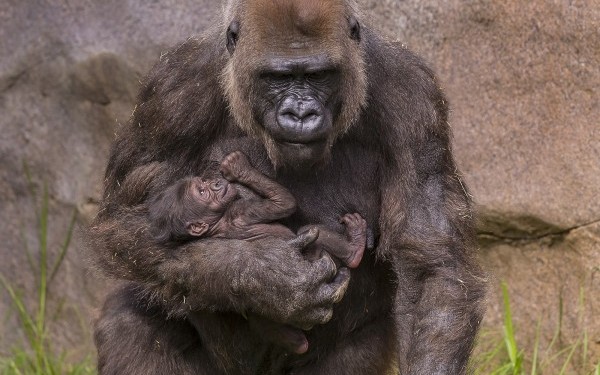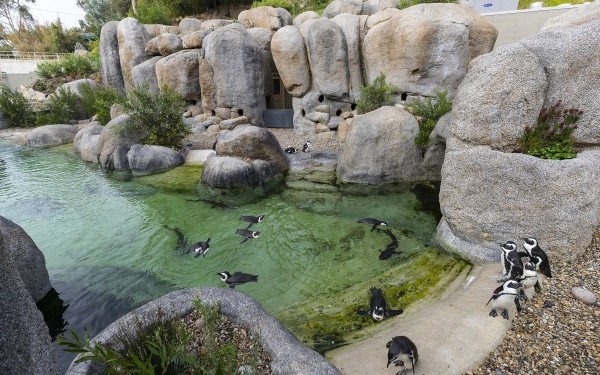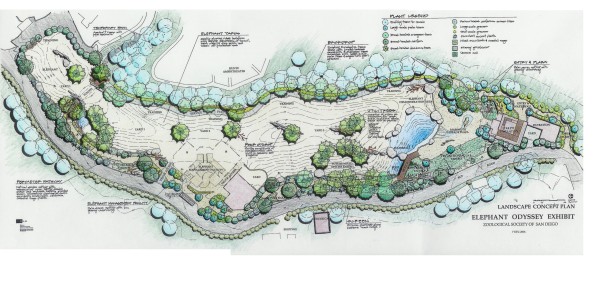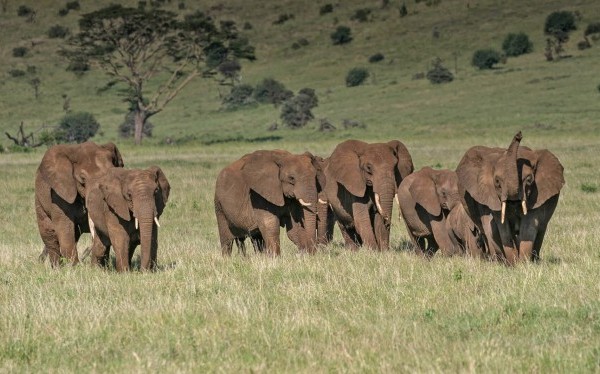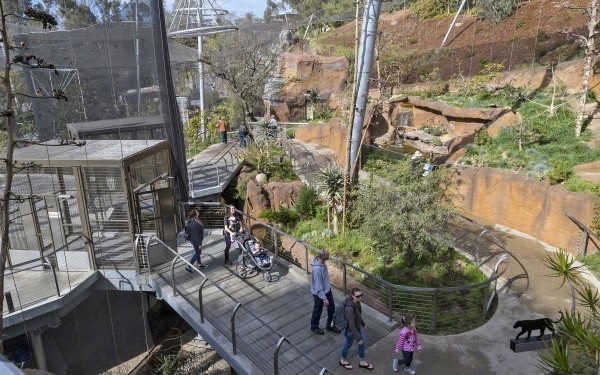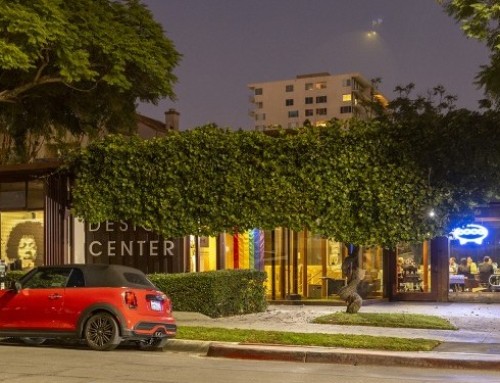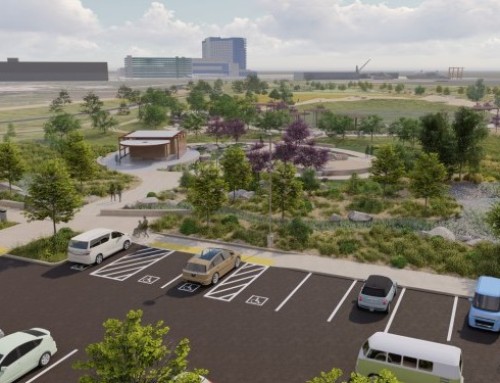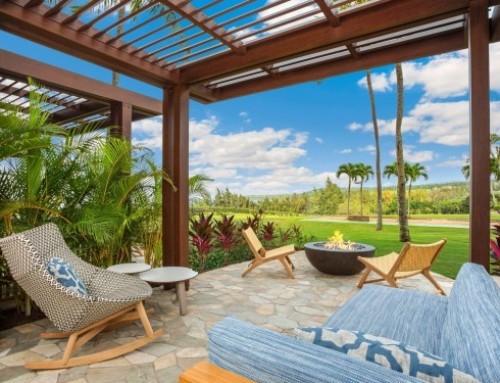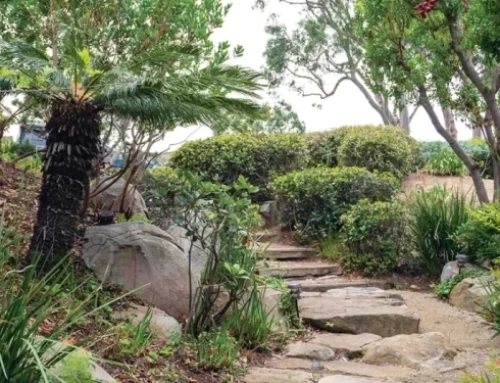By Delle Willett
Art on the Land
For the past 30 years, landscape architect Jim Neri has worked with a team of wildlife specialists at the San Diego Zoo and the San Diego Zoo Safari Park to make the wildlife habitats as comfortable and authentic as possible.
After 12 years at KTUA Planning and Landscape Architecture, working extensively on Zoo accounts, Neri opened his own firm in 1997, and the Zoo followed him as a client, involving him in many capacities.
With his portfolio of 30 plus Zoo and Safari Park projects, Neri feels very fortunate to be part of the Zoo team creating projects as complex as a small city.
Said Neri, “It’s very intriguing. The team members are all specialists, dedicated pros working together to find a balance and make the space look and feel like a habitat, not an enclosure.”
What Neri loves about zoo landscape design is that the idea you start with must be good, a “bamboo design, strong yet flexible,” that can withstand changes right to the project’s end. “It can be a bit frustrating at times since the plans are more of a guide, but in the end, it works because all the pieces are there, you just have to keep arranging them until they are right.”
With a BA in ornamental horticulture from Cal Poly San Luis Obispo and an MA in landscape architecture from Cal State Pomona, Neri especially appreciates the Zoo’s Horticulture Department whose boundless plant knowledge helps inform each distinctive habitat.
When they work together on habitat projects, Neri’s role is to provide the structure for the plantings and Horticulture’s to flesh it out with accessioned species of plants they wish to showcase to fulfill the promise of a Zoological Garden.
“The joke is the plants are ‘on wheels’ at the Zoo and the Park because we are constantly moving them to new locations as new habitats are being created.”
As a landscape architect, Neri brings many skills to the team that include planning, design, management, and nurturing of the built and natural environments in all communities including campuses, streetscapes, trails, plazas, residences, and other projects that strengthen communities.
Neri is proud of the work they’ve done at the “Heart of Africa” at the Safari Park. It is Neri’s favorite project because the barriers are hidden, visitors feel immersed, and the animals have an improved quality of life. Even though they are captive on the 32-acres they are a lot better off than they were before, he explained.
In a redo of the “Elephant Odyssey” the elephants gained five times more space, and much more enrichment. At “Monkey Trails” there are layers of primates and at “Africa Rocks,” eight acres are divided into six habitat zones to spotlight the amazing biodiversity found on the African continent, ranging from savanna to shore.
The Zoo’s latest addition is “Wildlife Explorers Basecamp” (formerly the Children’s Zoo), three acres of wildlife adventure that encourage young Wildlife Explorers to learn about nature, actively play, encounter new species, and develop an empathy for wildlife.
David Rice, former Director of Architecture and Planning for the Zoo, was on the leading edge of current zoo design, which has evolved from animals in cages to world-class, award-winning habitat creations that inspire people to empathize with nature.
“For better or for worse, zoos have become gene banks and as a result are receiving more funds worldwide to support their conservation efforts because so many animals are losing their habitats and their lives.”
“If we are ever going to repopulate these endangered animals in the wild world, if we ever wake up, it gives me peace of mind that in the long term the animals could be reintroduced. In the meantime, we are providing a better environment for their individual lives than they had before.”
Neri Landscape Architecture’s office is in Pacific Beach, just a short distance from La Jolla’s Windansea Beach. Raised in La Jolla from age 6, Neri went to La Jolla Elementary and La Jolla High. He grew up on Windansea beach where he says he connected with nature. He still spends a lot of time volunteering with Friends of Windansea, and on the beach with family and friends.
The American Society of Landscape Architects, San Diego chapter, thanks the San Diego Zoo and San Diego Safari Park for use of their photos.

